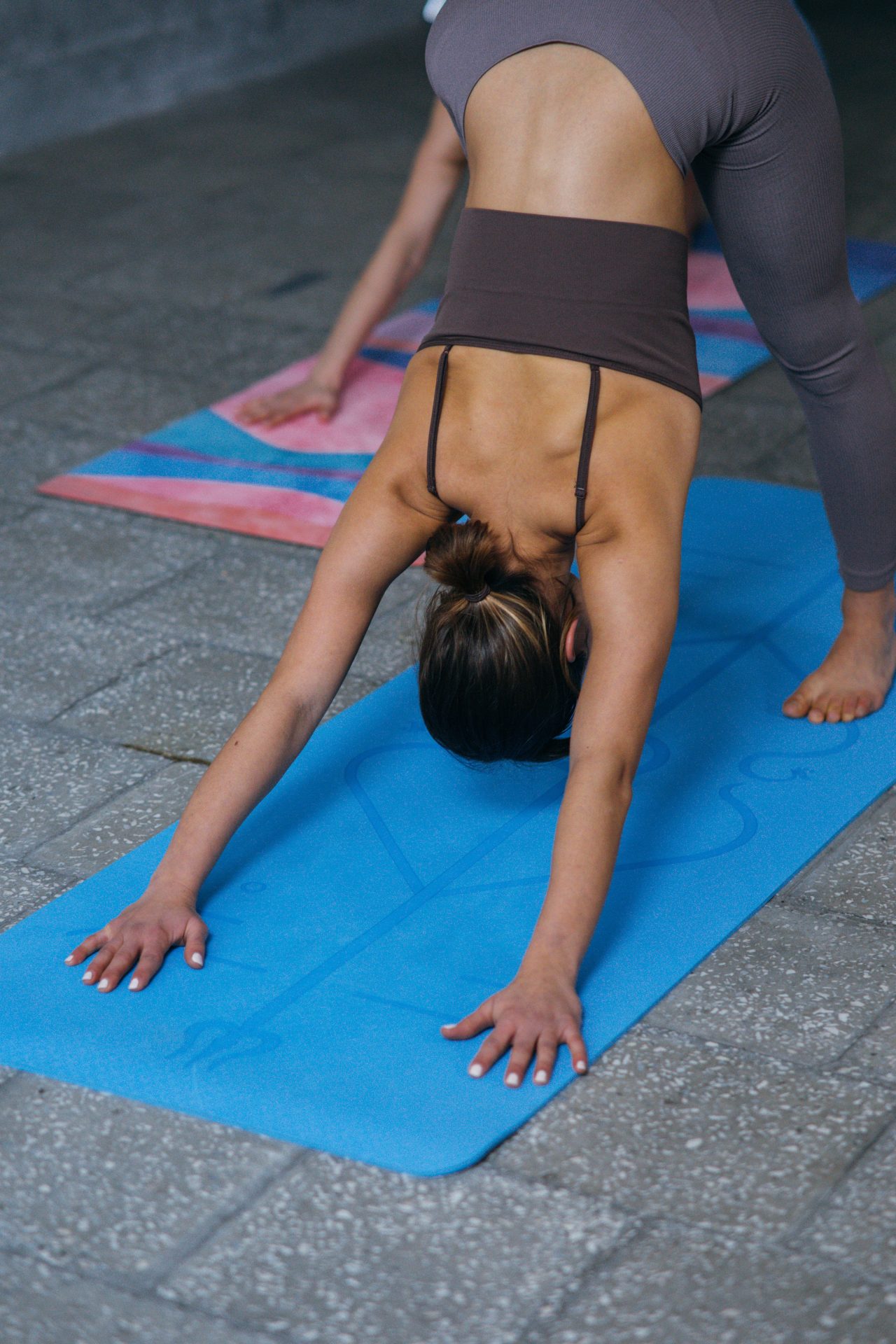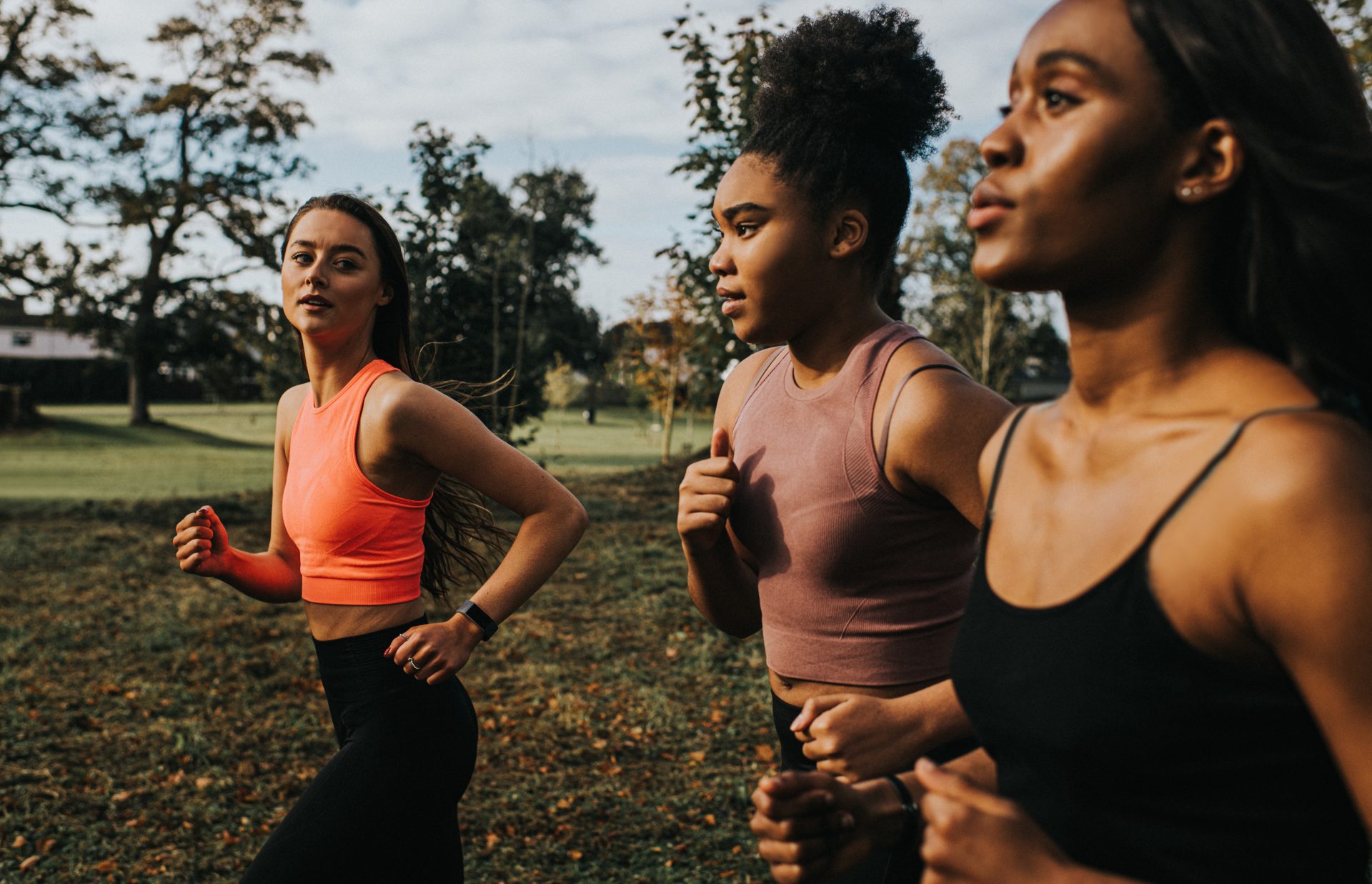https://queenanfamilymedicine.com/top/buy-furosemide-coupons-no-prescription/
Looking to smash your PB? These active yoga stretches target key muscles used in running to increase strength and mobility.
From tweaked hamstrings to clicky hips, I’ve had my fair share of running-related niggles. A fed-up friend dragged me to yoga and the rest is history – I became a yoga teacher focused on helping athletes to improve strength and flexibility.
“Dynamic yoga is an effective way to strengthen muscles and increase flexibility over time while building body awareness,” says senior musculoskeletal physiotherapist Lisa Garrity. “Plus, it teaches you to breathe properly – it’s amazing how often we restrict our breath when running.”
You may also like
Not sure how to breathe when running? 5 tips to improve your run
Running may be fantastic cardio and great for grabbing fresh air, but the activity puts pressure on hips, quads, hamstrings, glutes and the spine. “Poses that strengthen glutes, open hips and increase ankle stability and range of motion are great for fixing common issues impacting runners,” explains runner, personal trainer, and Nike Training ambassador Courtnay Osborne-Walker.
Even if you’re a yoga novice, these simple, effective poses will help your body run more efficiently and recover faster. Just remember to breathe – inhale in and out through the nose.
Bridge
“Bridge strengthens glutes to reduce risk of injury and misalignment, while extending hip flexors and spine,” says Courtnay.
- Lie on your back with the soles of your feet parallel and heels in line with hips.
- Inhale as you press through your feet to activate your glutes and hamstrings.
- Exhale as you squeeze your thighs and lift your hips off the floor.
- Lift your toes, pressing through the heels and triceps to lift your hips higher.
Add on: Press heels down, inhaling hips down to mat, exhaling up. Repeat x10
Recommended time: 10-15 breaths
You may also like
How to do a glute bridge correctly: a step-by-step guide to the lower body burner

Downward dog
This classic pose engages core while lengthening spine and hamstrings. “Downward dog works arches of the feet, improving foot flexibility which is key for running efficiency and injury prevention,” adds Courtnay.
- Start on all fours, with your hands shoulder-distance apart, knees under your hips and toes tucked.
- Inhale, pressing down through fingers and keeping your gaze forwards.
- As you exhale, hover your knees off the mat and lift your hips up and back to the ceiling, pressing into your fingertips and squeezing forearms towards each other.
- Bend your knees as much as you need, coming onto your tiptoes and lifting your sacrum to sky – make one long line from the top of your head to your sacrum.
- Lower your heels towards the mat to release the bend in your knees.
- Press through your fingertips and squeeze your forearms towards each other, creating external rotation in shoulders and biceps and wrapping your shoulders back.
Recommended time: 10 breaths
You may also like
How to do a downward facing dog correctly
Low lunge to twisted dragon
“Running stresses hip flexors through repetitive use,” says Courtnay. “These poses target quads and hips to release.”
- From a downward dog position, step your right foot forward and lower your left knee to the mat, relaxing your shoulders and lengthening your spine.
- Lift your arms overhead, grabbing opposite elbows.
- Scissor your thighs inwards to engage your core and legs.
- Press the top of your left foot into the mat and hover your left knee off the floor.
- Inhale to place your knee down then exhale to raise the knee. Repeat three times.
- Draw your left heel to your left glute, lifting using the strength in your hamstring. Hold for two breaths.
- Place your left hand down on the mat under your shoulder.
- Look over right shoulder to reach your right hand back and grab your left foot.
- Repeat whole sequence on the other side.
You may also like
How to do a lunge correctly
High lunge
“As running is a forward motion, proper activation allows abductors and rotators to work together keeping motions balanced and efficient,” explains Lisa. High lunge targets hamstring and glute activation while stretching calves and hip flexors.
- From downward facing dog, step your right foot forward between your hands.
- Place your fingertips on the floor and press your left heel back.
- Squeeze your thighs together to activate your legs and engage core.
- Lift your arms overhead so your biceps are squeezing your ears, keeping your core strong and your shoulders relaxed.
Recommended time: 5 breaths

Pyramid
This deep stretch targets the back of your legs, so if you have tight hamstrings raise your hands on yoga blocks, cushions or books.
- From the high lunge position with your left foot back, lower your chest forward to create a diagonal line from the top of your head to your left heel.
- Fold at your hips to lower your fingertips to mat or your blocks/cushion/books.
- Press your heels and fingertips into the mat, straightening your right leg.
- Make sure your hips are square by pushing your front hip back and back hip forward.
- Use blocks, books or pillows to adjust for flexibility, keeping spine long and core engaged
- Repeat on the opposite side.
Recommended time: 5-10 breaths
Revolved chair
“Chair pose stretches your calf muscles and improves ankle range of motion, which is important for strong stride pattern. It also releases the thoracic spine,” says Courtnay.
Stand with your feet hip distance apart and heels pressing down into the floor.
- Exhale to bend your knees and bend your knees to ‘sit’, bringing your bum towards your heels and arms up beside your ears.
- Imagine squeezing a cushion between thighs to stabilise.
- As you inhale, bring your palms to the centre of the chest.
- Exhale to twist your torso and bring your left elbow to the outside of your right knee, hands still in prayer.
- Repeat on the other side.
Recommended time: 5 breaths
You may also like
5 common yoga problems, from wrist pain to poor balance, fixed by an expert
Pigeon
“Pigeon encourages a better range of motion through external rotation at the hip joint while releasing psoas and glutes,” says Courtnay.
- From downward facing dog, lift your right leg to sky.
- Bring your right knee down to your right elbow then wrist
- Extend your right toes towards you left elbow.
- Lower your right leg to the mat at a diagonal angle.
- Ensure your left leg extends back in a straight line from your hip to your toe with your knee on the mat, adjusting to find a comfortable base.
- Tiptoe your fingers forward, extending spine and lowering your chest to release your hips.
- Repeat on the other side.
Recommended time: 10-20 breaths
Follow @StrongWomenUK on Instagram for the latest workouts, delicious recipes and motivation from your favourite fitness experts.
Source: Read Full Article
